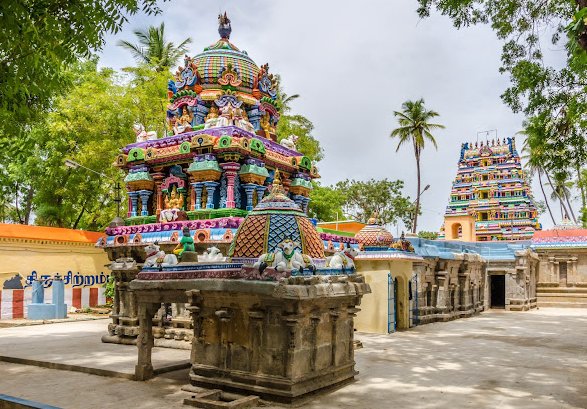The Athmanatheswarar Temple, located in Thiruvalampolil in the Thanjavur district, is approximately 9 kilometres north of Thanjavur Town. Another Paadal Petra Sthalam, Tiruppoonturuthi, lies less than 2 kilometres away. The nearest town is Thanjavur.
This temple is renowned for fostering a mental state of cosmic bliss and is believed to be over 1,000 years old. The goddess Durga here is considered very powerful, and Dakshinamurthy is referred to as Medha Dakshinamurthy. The temple is situated on the route from Thanjavur to Kandiyur via Thirukattupalli, about 17 kilometres from Thanjavur.
The prime deity, Aathmanaatheswarar, is a self-manifested (swayambhu) lingam that faces west and offers blessings to devotees. This temple is also worshipped by the Ashtavasus and is recognized as one of the Sapta Sthanas.
Legends :
It is believed that the sage Kasiba Maharishi and the Ashtavasus worshipped Lord Shiva at this temple. Lord Indra created a pond to perform his ablutions and worshipped Lord Shiva, which helped him relieve himself of a curse. Additionally, Sundarar was reminded of Nandikeswara’s wedding at Thirumazhapadi during his visit to this sacred site.
Worshipping Ambal Gnanambigai at this temple is thought to bestow wisdom upon devotees.
